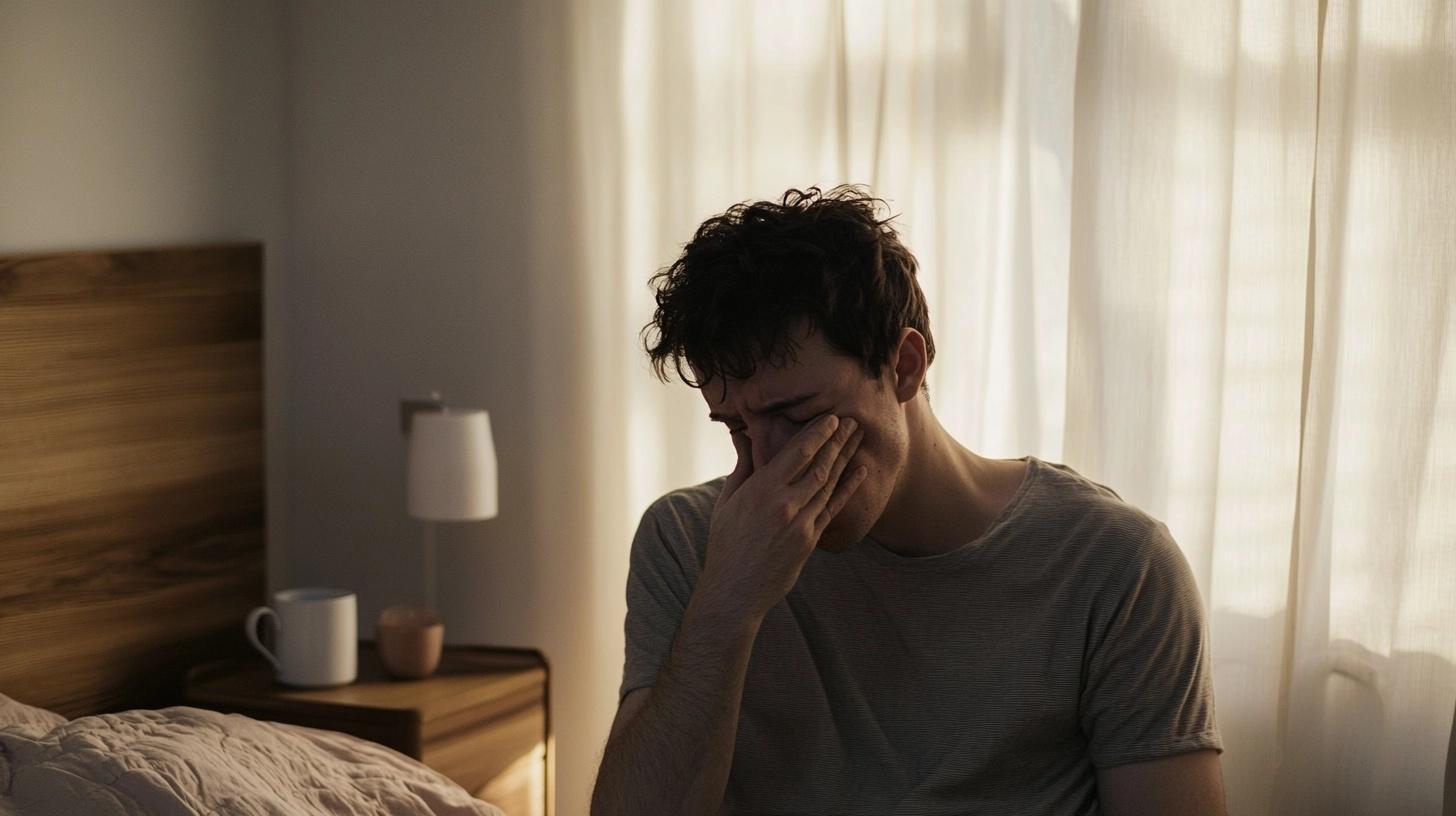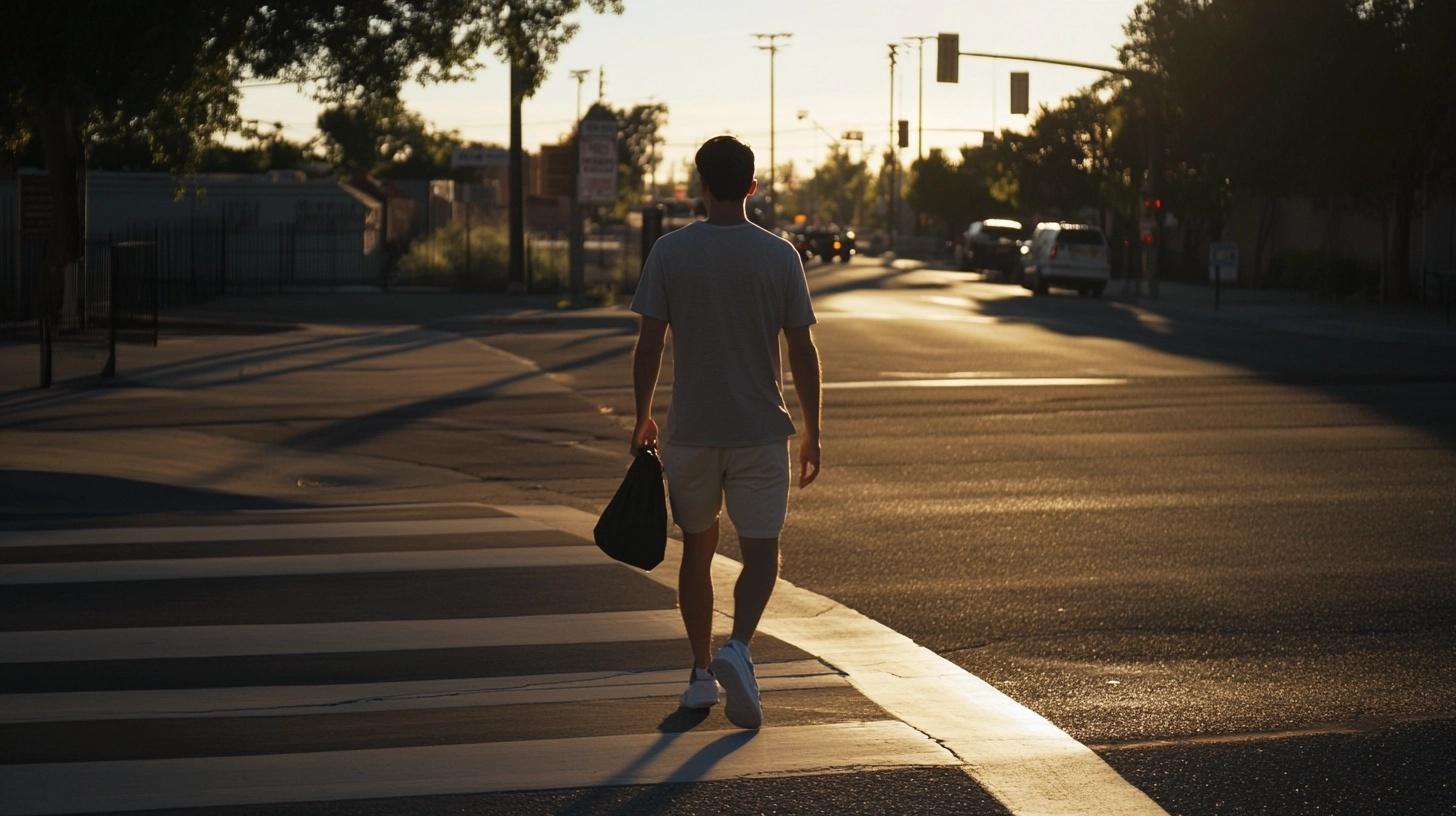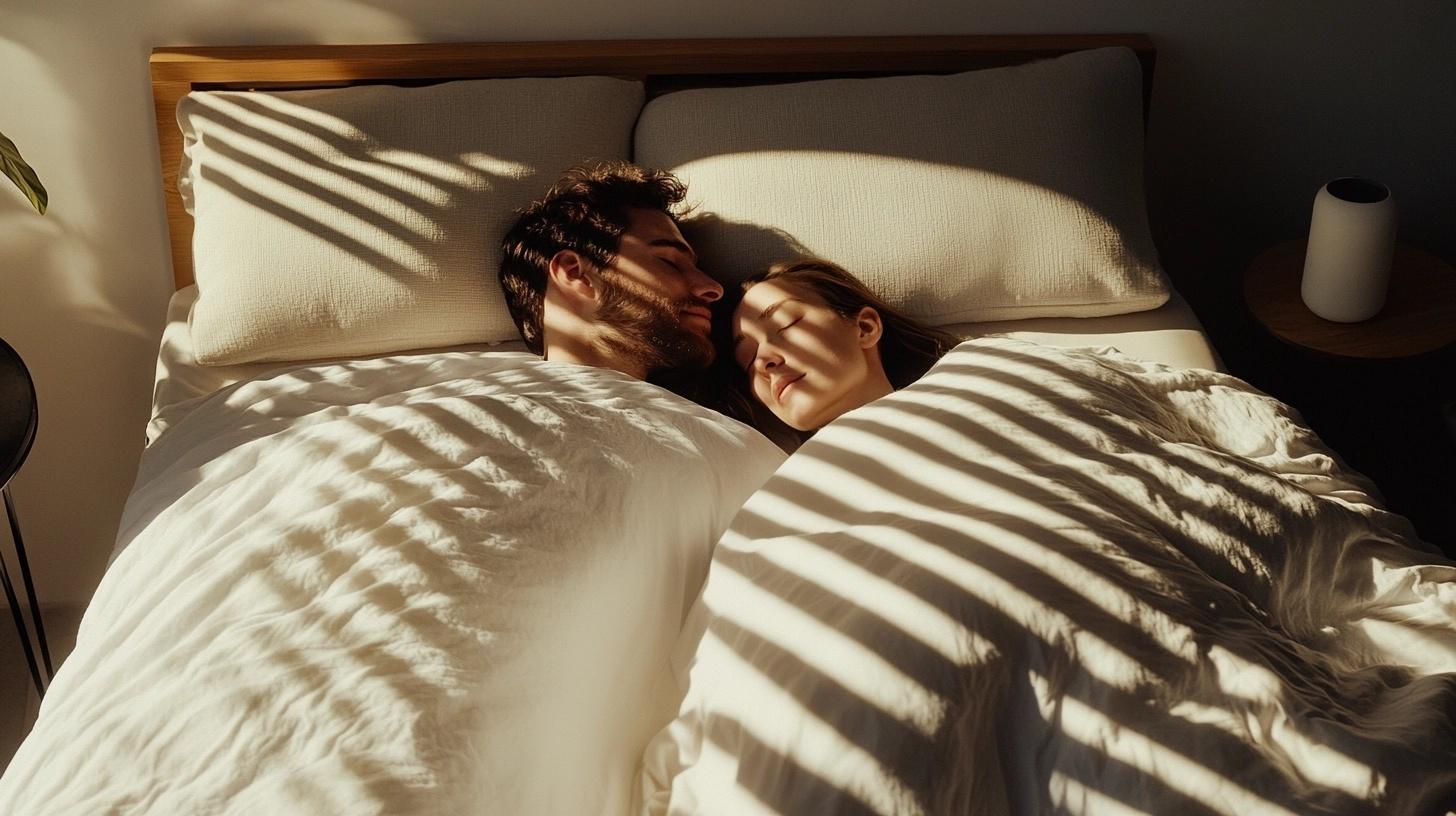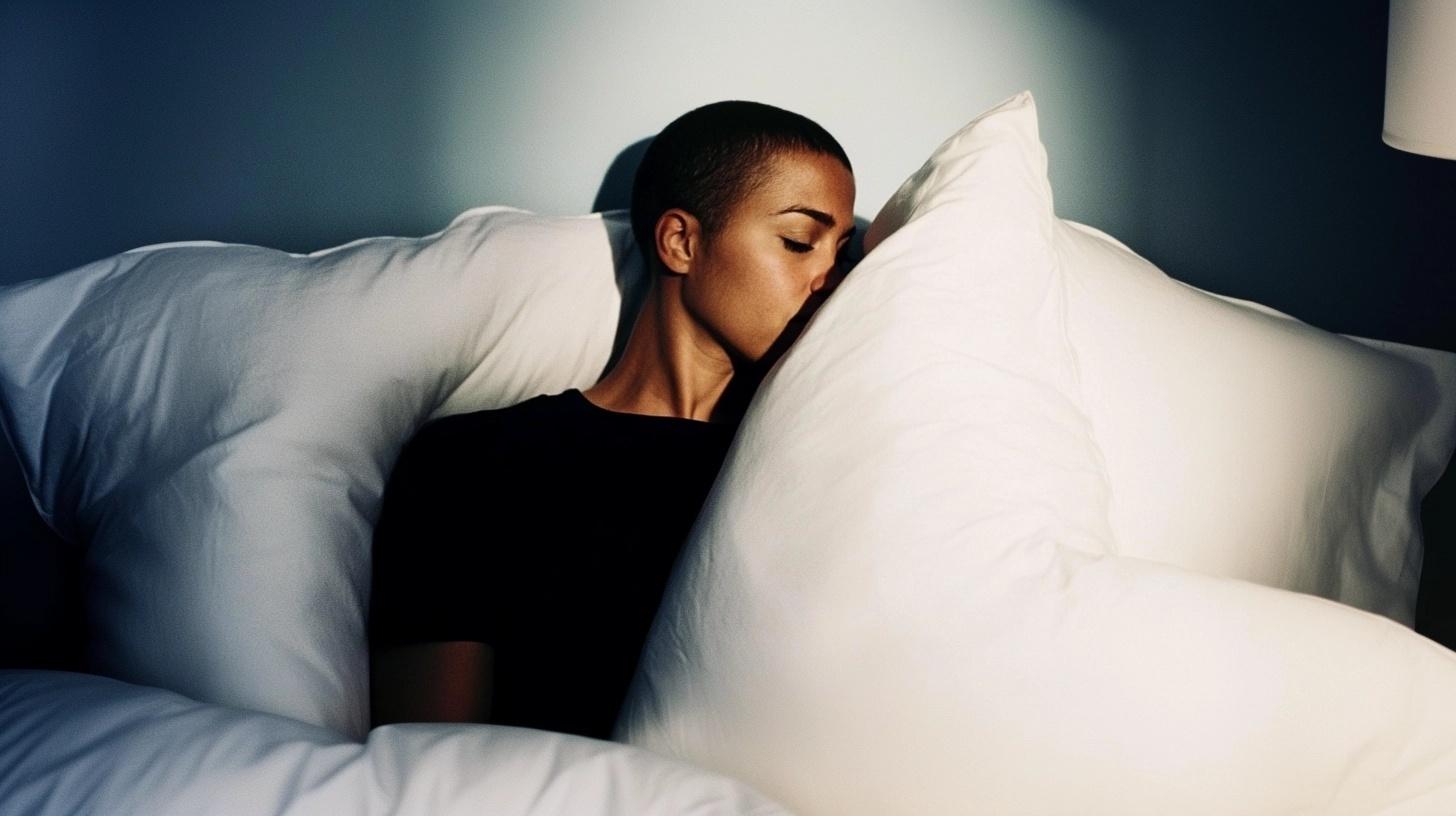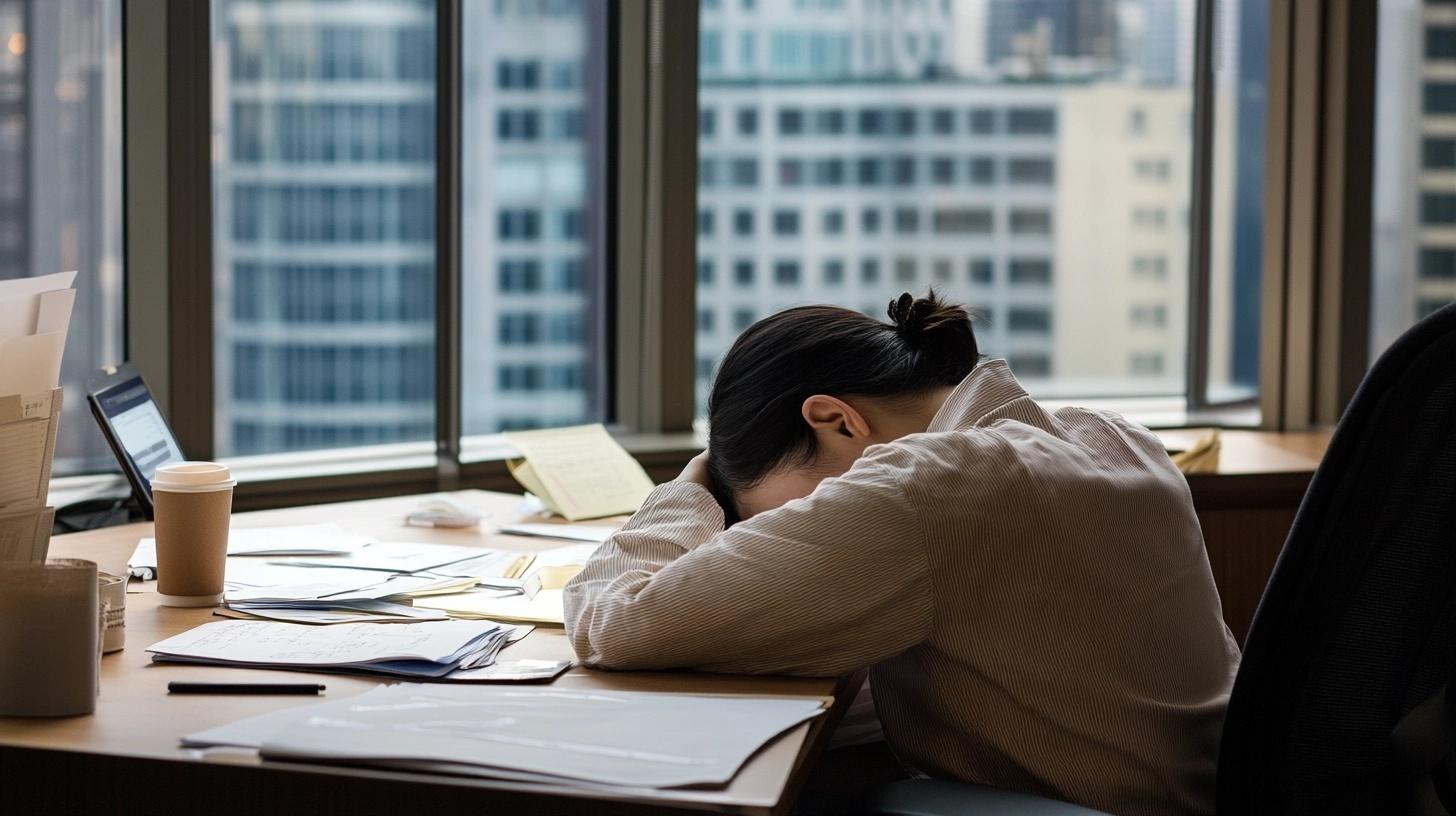Do you wake up to a cup of coffee? You may need to look for alternatives
Published
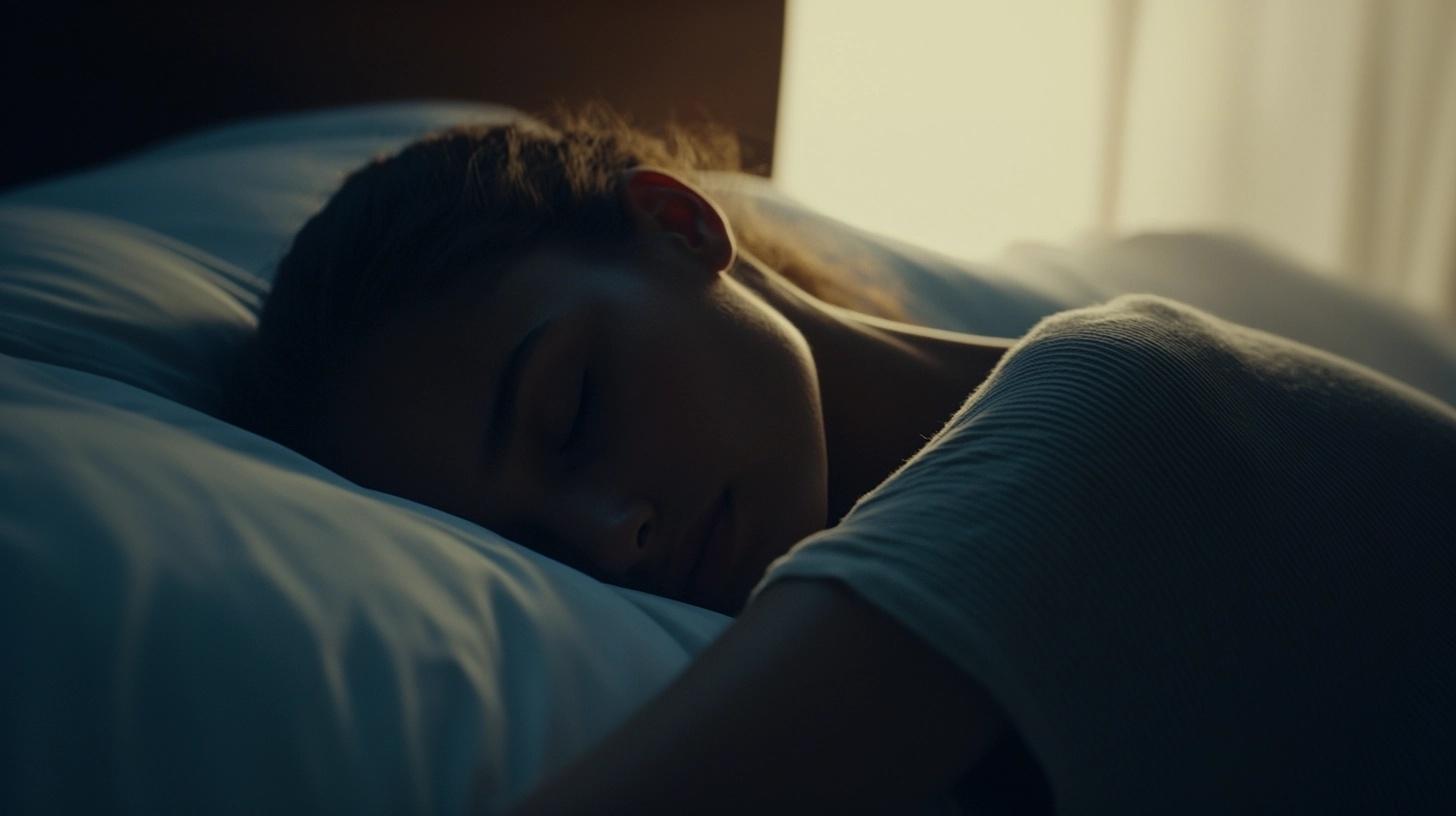
Coffee yields are down in many places in the world. Do we need to start preparing for a coffee-free future? If so, what are our options? And, do the alternatives have any positives for sleep?
If you wake up to a cup of hot coffee, you’re not alone – with about 10 million tons of coffee sold each year, it’s the way much of the world’s population starts their day.
Coffee increases alertness. It’s been used as a concentration aid since at least the 15th century, and even today, 70% of Americans say they need at least one cup of coffee before they can function at peak level for the day. It’s also the key reason why drinking coffee too late in the day can lead to lighter and more disturbed sleep, and may even keep you from sleeping at all. It’s estimated to take around six hours for just half of the caffeine from your cup of coffee to leave the body.
Coffee yields are down – what are our options?
But for our favourite morning pick-me-up, there may now be trouble brewing. After several years of volatile prices, many coffee farmers have been forced out of business. And the global coffee industry is now suffering from a diverse range of issues, from low yields to global supply-chain problems and an ongoing locust invasion that has hit coffee-growing regions in East Africa. Even when some of these issues are resolved, new DNA sequencing shows that the world’s most common coffee plant Arabica (Coffea arabica) is one of the least genetically diverse crops in the world – making it especially vulnerable to the threats of climate change and extinction.
As well as preparing for a warmer future – and possibly insects in our diets – is it also time to prepare for a world with less coffee? And if so, what are our options? This is not the first time in history that the world has looked for substitutes. And, history provides us with some interesting lessons on the more – and less – successful alternatives to coffee.
Kaffee Mix
Kaffee Mix or “mixed coffee” was introduced in East Germany in the late 1970s in response to a shortage of coffee. It consisted of 51% coffee and around 49% “other stuff” – a mix containing anything from grains and asparagus to chicory and pea flour. Perhaps unsurprisingly, the East Germans were not fans. As well as being inferior in taste, some of its ingredients – such as pea flour – swelled under heat and pressure, damaging many people’s coffee machines.
Chicory
A blue-flowered plant, chicory is a common sight in fields and along roadsides in Europe and North America. Originally cultivated in ancient Egypt, it was first developed and brewed and mixed with coffee in France in the 19th century. Brewed chicory contains no caffeine but it is dark and tastes a bit like coffee, making it a good coffee substitute during times of need – including the American Civil War and the Great Depression. During World War II, it was sold in much of Europe to imitate the taste of coffee. Today, chicory is seeing an uptick in interest among people looking for decaf alternatives to help them sleep better.
Yerba mate
A herbal tea made from the leaves and twigs of the Ilex paraguariensis plant, mate is a common drink in parts of South America. Just like coffee, it contains caffeine and can boost energy and improve mental focus. When Uruguay and Argentina were packing their bags for the 2018 FIFA World Cup, each team made sure to include a supply of yerba mate – 180 and 200 kilos respectively. And it caught on as a coffee alternative with the English team too.
Tea
Originally from China, both black and green tea come from the same plant. While black tea comes from the fermented leaves of the plant, green tea is made from its unfermented leaves. In the 17th and 18th centuries, English coffeehouses gradually fell out of favor as tea drinking became more fashionable among the upper and middle classes, viewed as a more refined leisure activity.
Could science – or common sense – save us?
One way to ensure the future of coffee is to create new varieties through cross-breeding.
Drinking less coffee is another option – which might not be a bad idea from a sleep perspective. Research into a new “caffeine algorithm” being developed by the U.S. Army suggests that timing your coffee intake can help maintain alertness while reducing consumption. By considering various factors, including people’s sleep schedules, U.S. Army researchers have demonstrated that they can reduce caffeine consumption by 65% and still achieve maximal alertness through optimal dosing of caffeine intake during the day.
If all else fails, a Seattle-based start-up has recently found a way to use the molecular recipe for coffee to make coffee without any beans.

